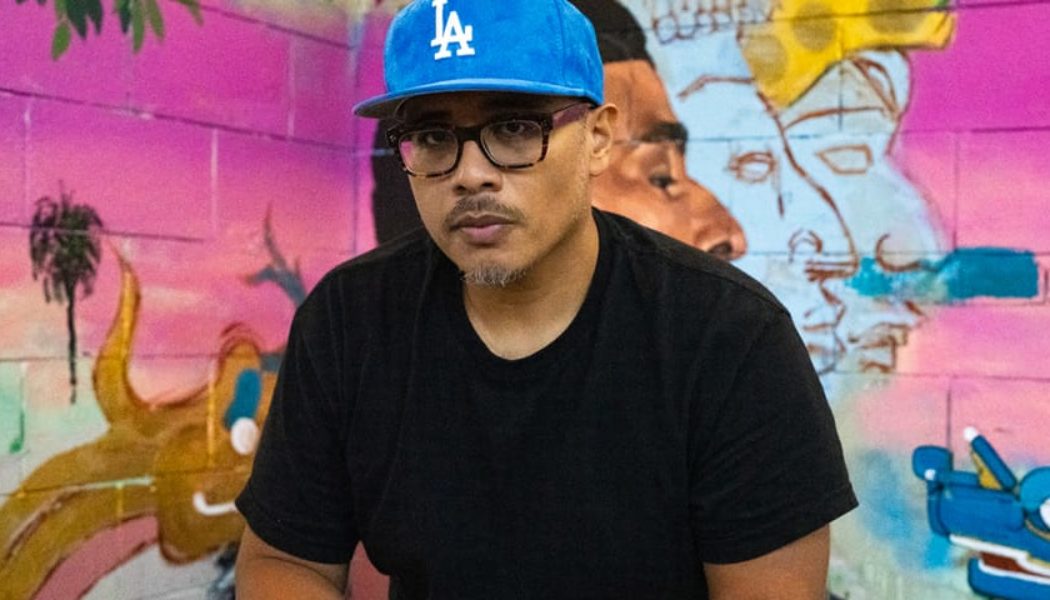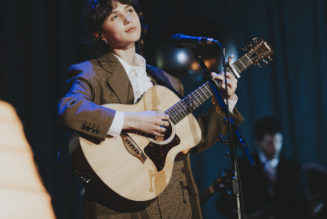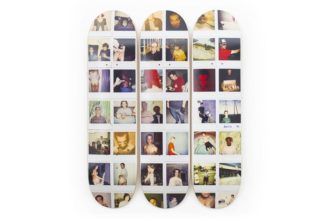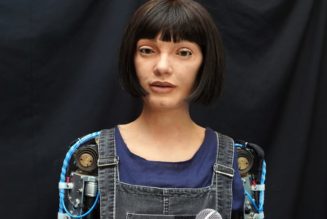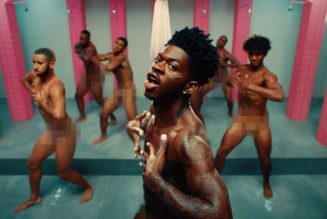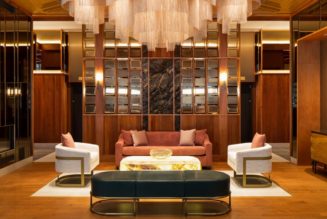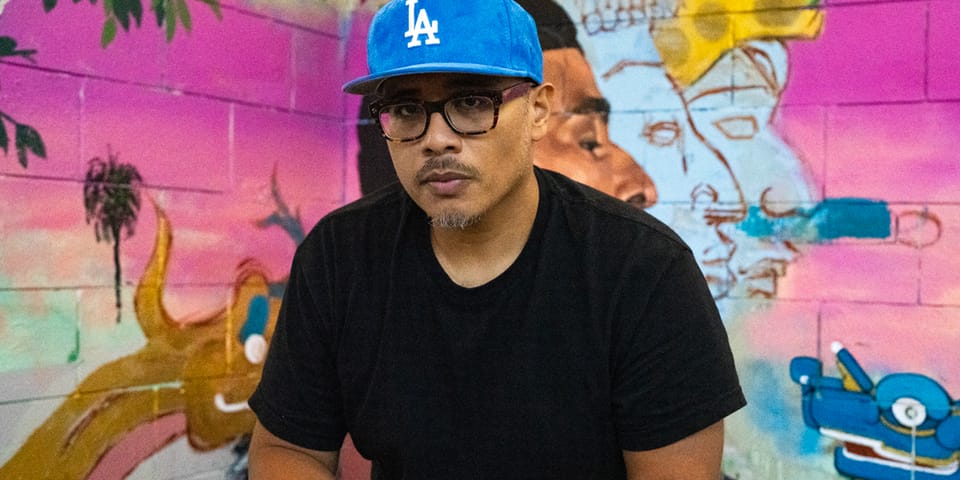
For Los Angeles-based artist Patrick Martinez, landscape paintings are more than just a way to depict a scene. They represent a form of preservation and a call for urgency. Part mural, sculpture and installation, Martinez has unconsciously redefined the traditional boundaries of landscape paintings through multi-media works that quite literally transport you to the physical place he has in mind.
Martinez, who was born to a Filipino mother and a Mexican and Native American father, grew up in the San Gabriel Valley and now resides in East LA’s Monterrey Park, where he uses his practice to comment on the erasure that is taking place all across his home city — especially on the peripheries to which he grew up.
The artist has been quietly perfecting his craft in the privacy of his studio over the years — subsequently bridging the gap for places not typically associated for cultural research, such as the storefront of an unassuming liquor store or the signage displaying the urgent needs of those who reside there. “It’s about the in-between,” he tells Hypebeast. “I want my work to look like it’s either being discovered or erased. It’s in the middle of that.”
Like Robert Rauschenberg before him, Martinez doesn’t limit himself to a pencil and paintbrush when deciding his tools of choice. Rather, the flicker of a neon sign, a decrepit cinder block in the neighborhood or security bars found on the side of a street hold the same artistic output when constructing his messages. “I want people to look when they see the work and see what they are missing currently, because that’s not always going to be here,” Martinez adds.
Just under 43 years of age, his work has featured in both solo and group exhibitions across the globe, including acquisitions by LACMA, Crocker Art Museum, Cornell Fine Art Museum and the Pizzuti Collection, amongst others.
“It’s important for me to talk to someone that doesn’t want to come into a museum or that doesn’t care to,” Martinez notes as he sits painting his latest sculptural installation. “The neons are kind of that, they hang in windows to try and communicate to a passerby.”
For the latest Hypeart Visits, we caught up with the LA-based artist to learn about the way in which he approaches material and how he uses his practice as a form of cultural preservation.
